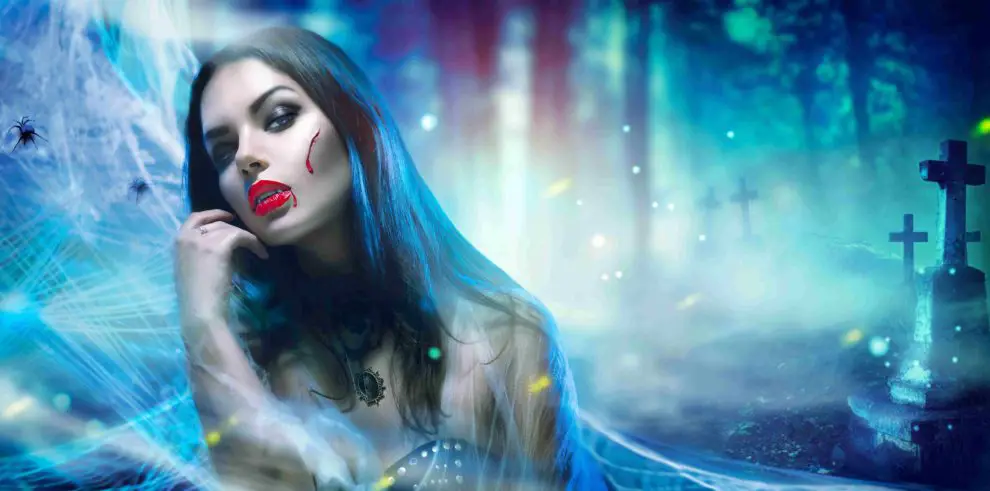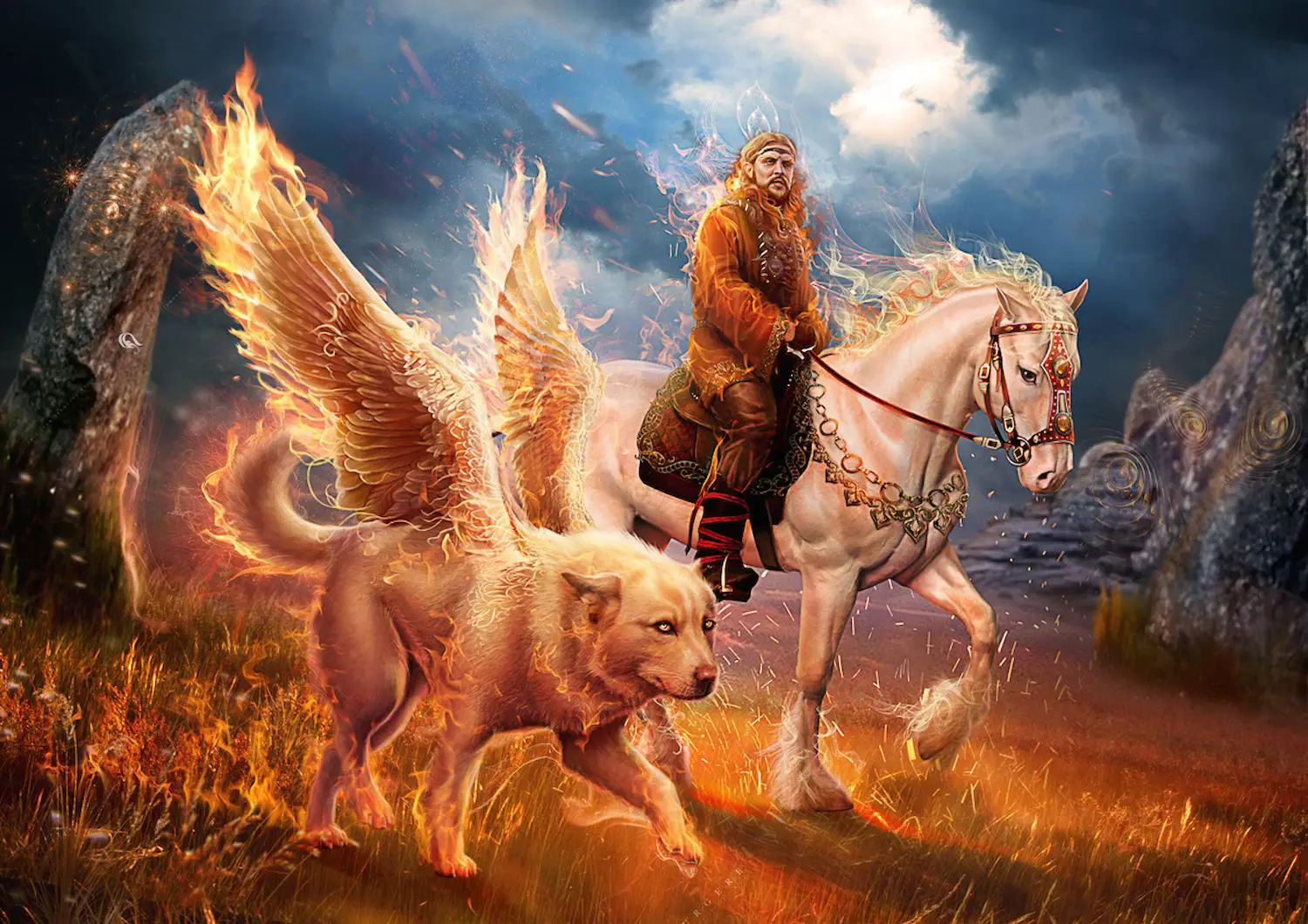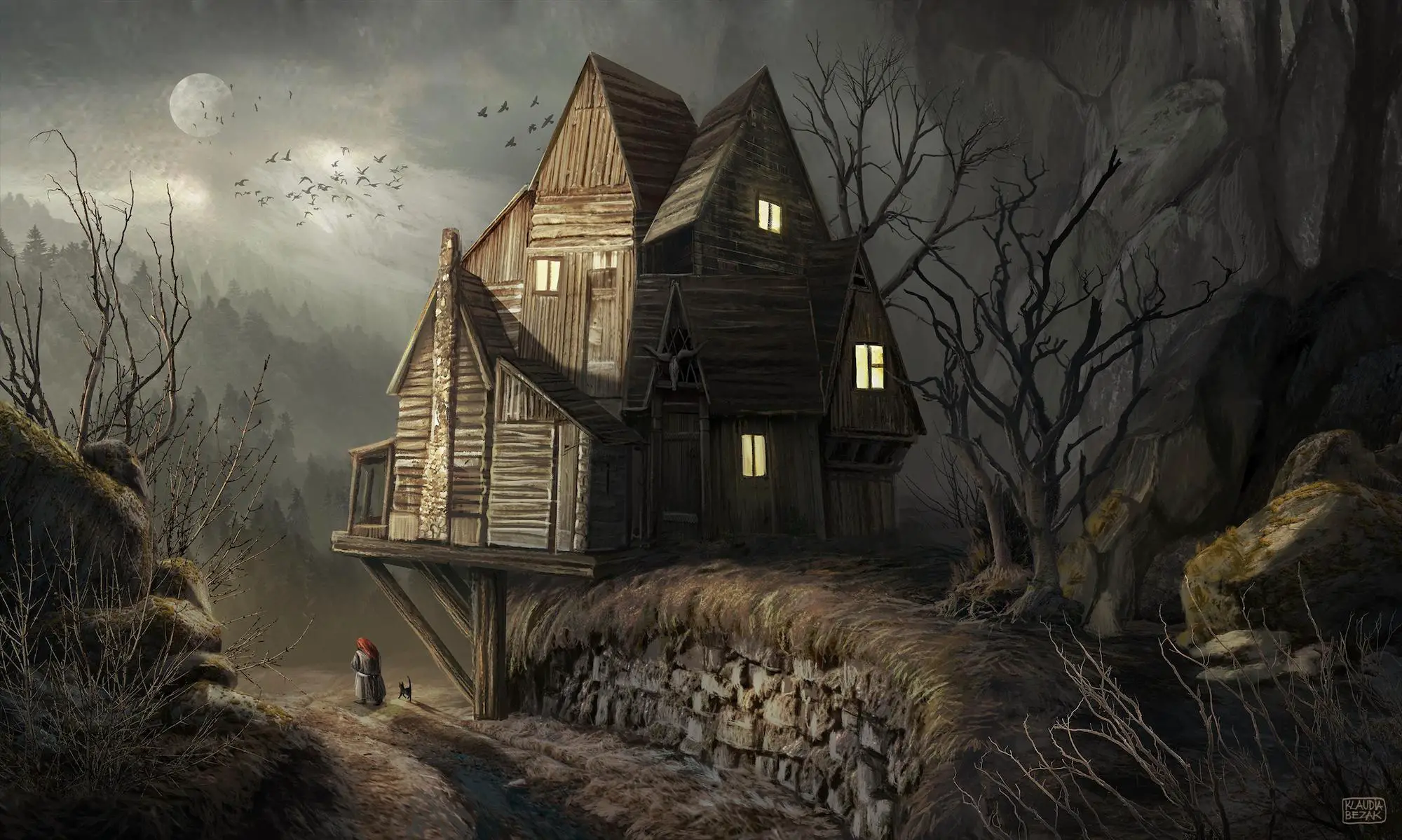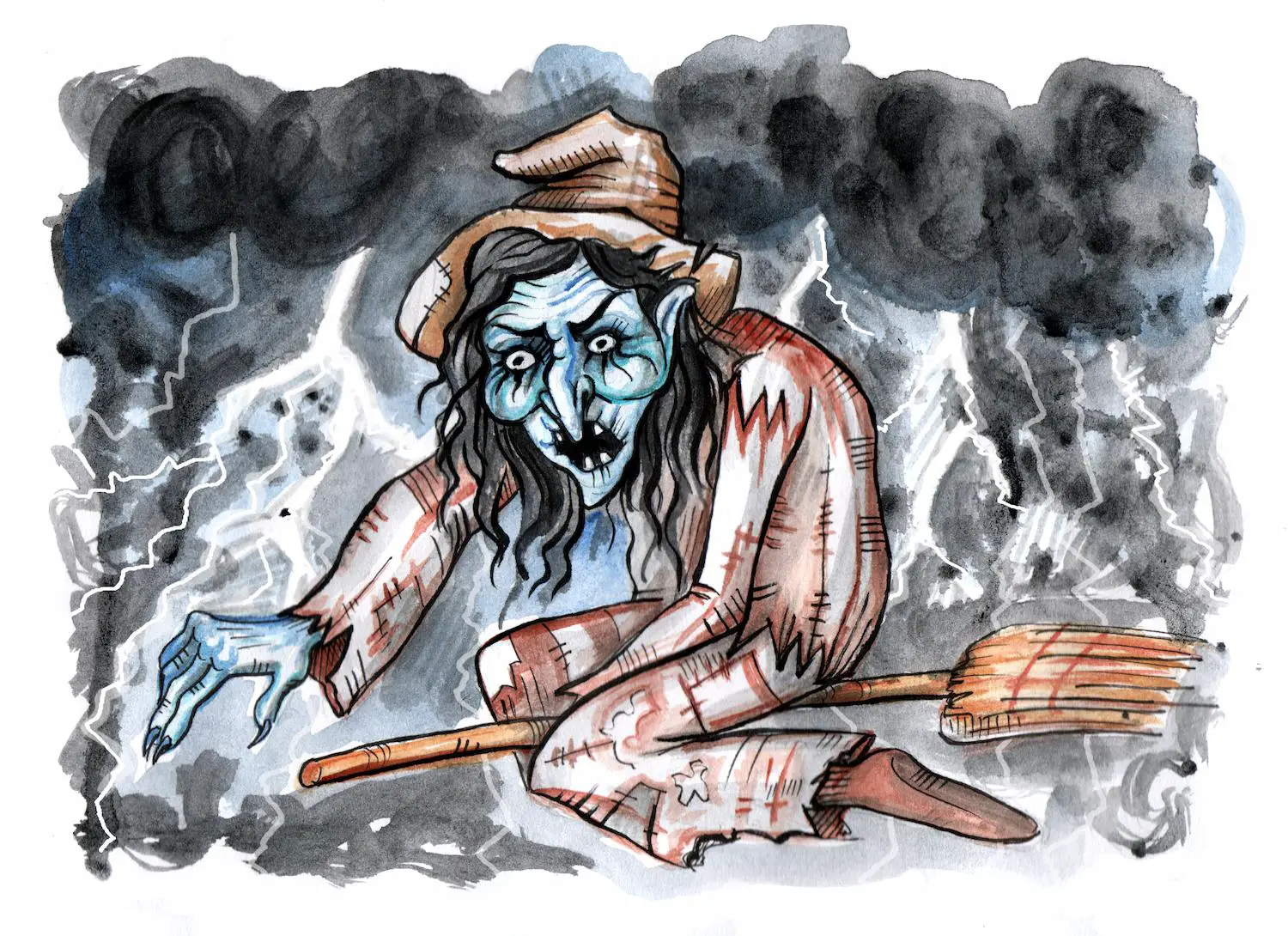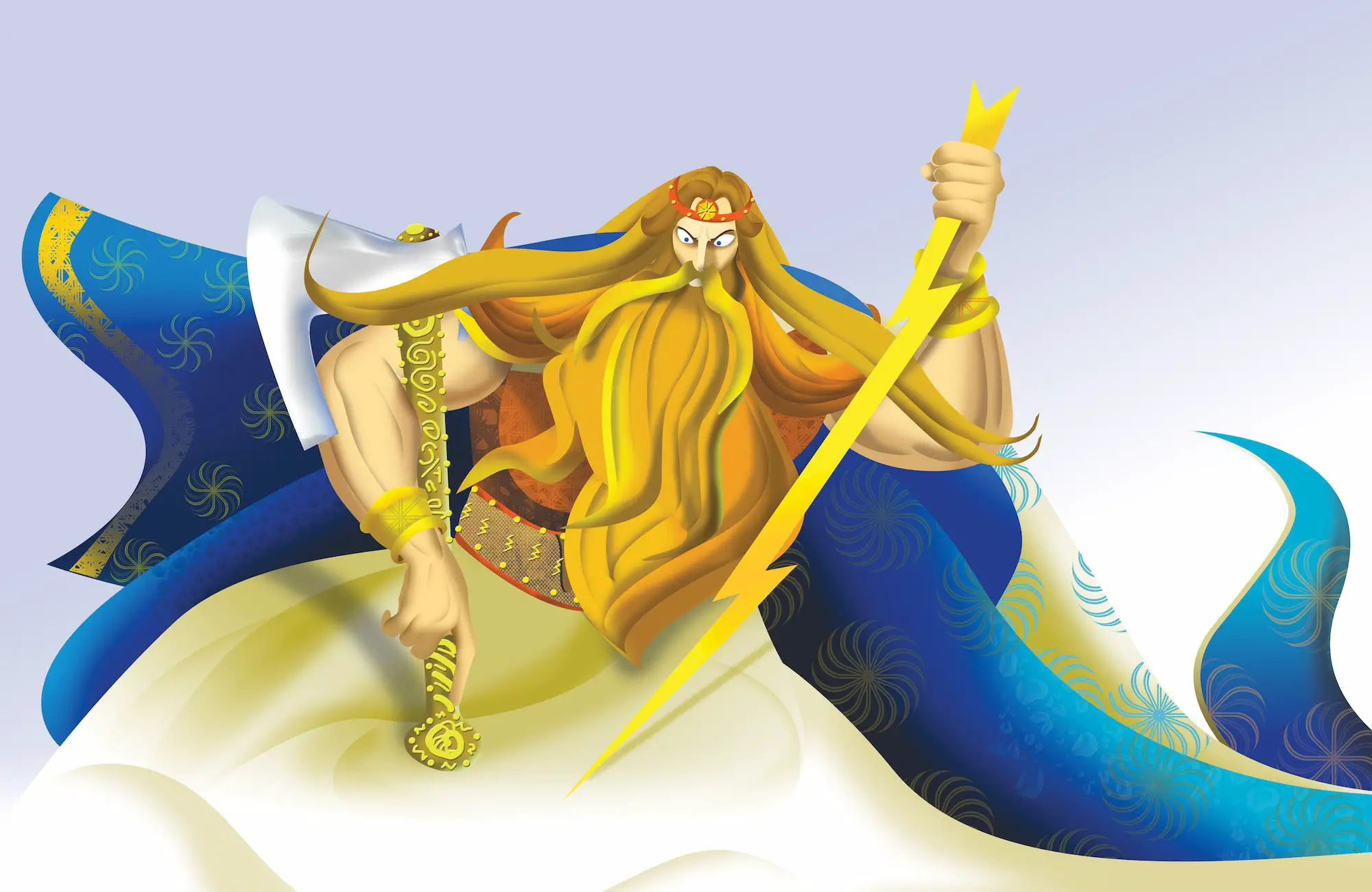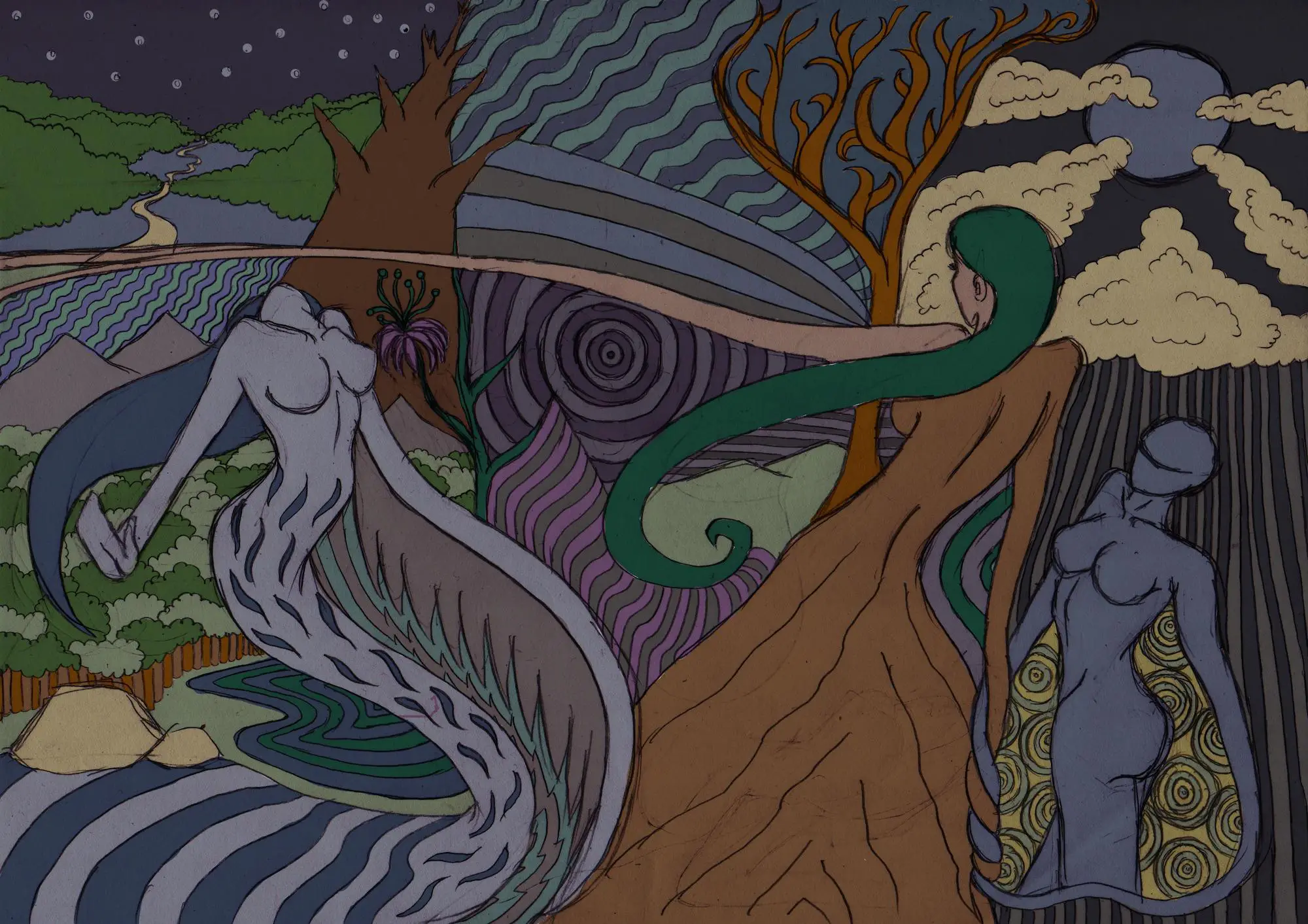Legends about dangerous creatures that feed off others’ blood or flesh have been around for more than a millennia.
While Slavs are the first ones to develop myths and legends about vampires as we know them, Mesopotamian, Hebrew, ancient Greek, and Roman cultures had precursors of modern vampires in their tales.
Although they changed in form and content, vampire myths are still a part of our culture. Thanks to Anne Rice and Stephenie Meyer’s novels, we conceptualize them today as romantic, enthralling, and dangerous creatures.
Yet, the “first” vampires were nothing like that. They were the products of our subconscious fears and needs, embodying the many shortcomings of society.
When people had no other explanation for terrible things that occurred in the past (plague, tuberculosis), they would blame it on the supernatural forces and vampires [1].
Between the 16th and the 19th century, little was known about what happens to the body after death, so if a certain corpse simply didn’t seem to rot right, the locals would burn the body, thinking that it was a vampire.
Without “upyrs”, Sava Savanovic, or “wąpierz”, Dracula, Frankenstein, and probably Darth Vader would never have made it to this world. So far, vampirism has been an important, mystical part of every culture’s history.
Let’s explore various Slavic Vampire Myths, from the Balkans, across Czech, Slovakia, and Poland, to Russia, Ukraine, and Belarus.
Table of Contents
Slavic Vampire Myths By Regions
Southern Slavic Vampire Myths
In Southern Slavic folklore, Serbia is considered the birthplace of vampires. Not many Serbian words have become internationally recognized, but the one that has been, had made quite an impact, as we all know the word “vampire” (Serbian vampir).
During the 18th century, the Austrian officials noted that the Slavic population in the northern country’s region of Vojvodina (then part of the Austro-Hungarian Empire), was digging out and re-murdering cadavers, calling them “vampires.”
The last time people in Serbia felt terrorized by the evil vampire forces was only 9 years ago when the old mill, in which Sava Savanovic allegedly lived, collapsed [2].
As the traditions in the Balkans are very persistent, it’s not surprising that people in the ex-Yugoslav countries still take vampires very seriously.
Sava Savanovic
The legend of Sava Savanovic dates in the early 19th century, to the village of Zarožje. It was told that Sava lived in the old watermill on the Rogačica river and killed and drank the blood of the local mill workers [3].
Savanovic is commonly referred to as the first official vampire in Serbia (no really true).
Petar Blagojevic
In 1725, in the village of Kisiljevo, (then passed around from the Ottoman to Austro-Hungarian Empire), Petar Blagojevic, a common village lad, died in so to speak mundane circumstances [4].
His death was followed by a series of nine deaths within the next eight days. The victims allegedly claimed on their death beds that Blagojevic bit them by the throat. His wife also claimed that he visited her and asked for his shoes (Serbian opanci).
The villagers decided to examine the corps for signs of vampirism (growing hair, beard, and nails), but they also asked for the presence of the local administration representative and priest.
Exhuming the body revealed they were right. The body wasn’t decomposed, the hair, nails, and new skin were fully grown, and the distinctive sign of vampirism was fully present: blood around the mouth.
People were outraged and they murdered Blagojevic by stabbing him in the heart and burning the cadaver.
The report was published in the Wienerisches Diarium (today is known as Die Wiener Zeitung), which is how this, and the story of Arnold Pole were widely spread through Europe.
The story contributed to the so-called vampire craze, or the vampire epidemic in the late 18th century England, France, and Germany [5].
Arnold Pole (Arnaut Pavle)
The story of the Serbian Hajduk, Arnaut Pavle, dates back to 1726 and is also believed to have initiated the vampirism epidemic in western European countries.
Arnaut Pavle was a Kosovo Serb who, after moving to the northern region, often complained about daily issues with vampires. To defend himself, he ate soil and smudged himself in blood.
It seemed like these techniques helped him survive vampire attacks, but they didn’t save him from breaking his neck in a deadly fall that ended his life.
Like Blagojevic, Arnaut Pavle allegedly killed around 16 people in the village of Medvedja [6]. He became famous due to the direct involvement of the Austrian authorities and doctors, who confirmed his vampirism, along with frightened villagers.
Jure Grando
Serbia’s neighboring Croatia wasn’t immune to vampire fever of the 17th and 18th century, neither.
Jure Grando Alilovic was a villager from Istria who lived in the late 16th and early 17th century [7]. He was described as strigoi, or štrigun, which is a local term for a creature resembling a warlock or what we began calling a vampire during the 18th century.
According to the legend, Jure terrorized his village for 16 years after his death. Allegedly, he would rise from his grave at night and knock on some villagers’ house doors. After a few days, someone from their family would die.
After being unsuccessfully re-murdered by piercing his heart with a hawthorn stick, Jure’s terrorizing stopped after a series of exorcism prayers, followed by his decapitation.
Western Slavic Vampire Myths
One of the first impressions we link to vampires is probably creepy, yet elegant and attractive, gothic fashion.
That’s why it comes with as little surprise that the most Gothic city in Europe, the Czech Republic capital Prague, has such a rich opus of myths about vampires.
After Bella Lugosi’s 1935 thriller Mark of the Vampire or The Vampires of Prague, the city’s been consistently associated with modern vampire myths.
An archeological discovery from the 1990s, of a 10th-century graveyard, that local villagers then used solely for burying vampires, further corroborated these ideas [8].
Bohemian vampire myths were vastly influenced by Eastern European immigrants who came as carpenters to Bohemia and were extremely popular [9].
Poland hasn’t remained immune to vampire myths either, but their original word that stands for a vampire means prophet (Polish vjesci, wieszczy).
The Vampire of Liebava
The home to original Bohemians, the town of Liebava was where the earliest recorded vampirism tales originated from [10]. In 1250, a vampire would leave his tomb to attack sleeping women and children.
He was allegedly identified by the locals as the leading Liebava citizen who had recently passed away.
The legend says that a vampire hunter was hired from Hungary to rid the town of the vampire. He lured him to the church’s bell tower by stealing his stuff. He eliminated the vampire by hitting him with a shovel which resulted in decapitation.
The Blov Vampire
Montague Summers, the author of The Vampire in Europe described the story of the vampire in the Bohemian village of Blov [11].
Myslata was the local herdsman who had risen from his grave. He molested and murdered his fellow villagers.
He would wander the streets and yell the names of his acquaintances as he’d recognize them. After a few days, these individuals would allegedly die, leaving the other villagers trembling in fear of the creature of the night.
To stop his killing spree, the locals exhumed Myslata’s body and pounded a stake into his heart.
Contrary to common belief, this did not stop the vampire. He returned in an even more frightening state, laughing and scaring the villagers. The legend says he was even thanking them for providing him with a stick to chase dogs away.
They finally got rid of the herdsman’s terror after sticking his body with whitethorn stakes and burning it to ashes.
Nelapsi
While most vampires feed on human blood, the Nelapsi takes it a couple of steps further (he feeds on livestock blood too) [12].
Although the origin of this myth is unknown, by following the logic of other Slavic vampire myths, we can only assume that Nelapsi was invented to explain some kind of great livestock death episode.
When Nelapsi isn’t drinking your family’s or your pig’s blood, it stares at you. For most people staring doesn’t sound as horrifying as blood draining, but Nelapsi’s stare is pretty damn bad, as the legend claims it has the power to kill a large number of people with a glance.
Nelapsi would climb up into church towers and look down on the citizens, murdering them with a glance.
Detecting a Nelapsi must be done while it’s still in its grave. If you find a lack of rigor mortis, undecomposed flesh, open eyes, or hair curls, it’s most likely a Nelapsi. The legend also claims that it had two hearts for its two souls.
Preventing the cadaver to turn into a Nelapsi was possible via specific burying rituals such as placing coins, enchanted herbs, or Christian symbols in the coffin, or by pouring millet seeds into the corpse’s mouth, nose, and along the graveyard path.
Vjesci (also known as Vjeszczi, or Vjescey)
Vjesci is a type of vampire from Polish folklore. Unlike the common belief that a person turns into a vampire after a strange, mundane death, Poles believed that certain people were destined to become vjesci since birth.
It was possible to prevent a newborn from becoming a vjesci by removing, drying, and grounding a caul from its head, and then feeding it to a person on their seventh birthday.
There’s a logical explanation why the old Poles feared caul, as approximately 1 in 80.000 are born inside the entire amniotic membrane sack. And while Russians believed this meant luck, the Poles were convinced that these people were vjesci.
The legend says that a vjesci would refuse to take the sacrament at the time of their death. As their body slowly cooled down, the cheeks and lips would keep the bright, red color, and blood could be found underneath the nails and on the face.
After the burial, at midnight, the vjesci would return to life to eat his own cadaver. He would return home and eat its family members and friends (yikes).
If you wanted to protect yourself from the vjesci attack, you should:
- Feed every dying person Eucharist;
- Put soil in the coffin;
- Put a crucifix underneath the corpse’s tongue;
- Place a net inside the coffin;
- Place the body face down into the coffin, so instead of returning among the living, the vjesci would only dig further into the ground.
Upir Dopiječ – Krvave Koleno
Living an unremarkable life of a homeless person (but not a beggar), Dopiječ earned his nickname for often visiting the cheapest pubs where he drank other people’s beer leftovers.
Once he drank red wine from a glass he wasmistaken for an abandoned one. The man whose glass it was confronted him and demanded Dopiječ to buy him a new drink. As he had no money the stranger got angry, stabbed him to death (and even bit his forearm).
Dopiječ was cremated and his ashes were spread on a common meadow, or his urn was placed in a common grave with other paupers (something of the two). Although previously burned, he woke up as a vampire, most likely infected by the stranger’s bite.
This unlikely vampire is actually kind and of mild manner, too shy to attack people in the cemetery (the poor thing). He instead waits for someone to trip, fall, and cut their knee, to pounce at them and lick the blood from the wound.
The furthest he goes is waiting for children to fall from the swing in the nearby park, to lick up blood from their wounds. He’s too scared to go anywhere further than a few streets away, so he mostly roams the graveyard scaring literally no one.
Eastern Slavic Vampire Myths
The most unique are probably Eastern Slavic vampire myths. In Russia, the undead were referred to as the upyrs and later as Wurdulac.
The Russian upyrs/Wurdulacs have many features of the typical vampire, but they don’t necessarily drink blood nor carry that name.
In Ukraine and Belarus, the vampire legends are somewhat more traditional, with certain exceptions: the Ukraine vampire doesn’t have to be a dead person, and might start drinking people’s blood while still alive. It also has a tiny tail [13].
The first document mentioning the Slavic word “vampir” was the Russian Book of Prophecy written in 1047 for the Novgorod Prince Vladimir Jaroslav. The text was written in proto-Russian/common Slavonic language.
The priest from the text was labeled as Upir Lichy, meaning “wicked vampire”. The term was most likely introduced from the Southern Slavs, most likely Bulgarians, to whom they drew heavily during this period for Christian Leadership.
Uppyr
Most likely borrowed from the Ukranian upyr, in modern Russia, the term is often associated with witches or sorcerers.
During the late 10th century, the Russians had appropriated Christianity, so any kind of mystical witchcraft was tied to the concept of heresy, a deviation from the Orthodox faith, or paganism.
The common belief in Eastern Orthodoxy was the body wouldn’t be able to normally decay if the deceased individual wasn’t a part of the church communion. Unbaptized or excommunicated individuals were therefore under the risk of becoming uppyrs.
A heretic in life would become an uppyr after death. Magicians, also known as kudesniks, porcelinks, or kolduns were most likely to become uppyrs.
Witches who had sold their souls to the devil, sectarians who drew people from true faith, or “unclean dead” were not being buried in cemeteries, as they were thought of as sinful.
In Ukraine and Belarus, upirs, obits or obirs were human-like creatures, with great tolerance to pain and mesmerization. They could become upyrs in case of death by suicide, witchcraft, or sorcery.
They had no self-control over their hunger and aggressive behavior. They were represented in folk tales as barbaric, violent, and murderous, creatures of brutal and predatory nature. They could, however, be killed by cremation.
The Death at the Wedding Tale
The works of A.N. Afanasyev from the late 19th century reveals a story about a soldier coming home for a visit only to encounter a vampire/sorcerer.
He took it to a wedding (why wouldn’t he?), where the vampire attacked the newlyweds and sucked their blood out (what a shock!).
Although horrified by what he saw, the soldier sat and had a long conversation with the vampire which helped him discover a way to stop it.
He had to collect its blood and pour it back into the wounds of the couple. Then, he had to take the villagers to the cemetery, dig out the vampire’s body, and burn it.
Like many other stories from this period, this one too had the purpose of showing the importance of taking care of the community you live in.
From Lev Tolstoy to Michail Bulgakov and Gogol, Russian classical literature often refers to folklore stories about vampires.
The Dog and the Corpse
This is another Eastern Slavic legend that involves vampires, yet serves the purpose of promoting prosocial behavior.
It follows a lad, moujik, and his dog taking a stroll down the woods. In an uncanny hour, they had passed by the graveyard and saw a corpse standing in front of them.
The moujik decided to pass it by, no matter what happened, and the dog followed him. But the corpse perceived them, it went fluttering after them. The moujik had no time to escape, and he was surprised to see that the dog attacked the corpse.
Happy he didn’t have to do anything, he started running towards his home. The dog kept fighting until the corpse was lying dead on the ground, and then followed the owner. When he finally caught up with him, he barked and bit him.
Moujik’s family wondered what’s wrong with the dog, but when they heard the whole story they told him: You did bad. The dog is disgusted by your behavior and has every right to be.
The dog was kept on a chain for another year to calm down, but once they let it off the leash, he yet attacked the moujik, so they had to kill it.
Final Word
As wild and strange as it is, if read carefully, Slavic folklore and mythology provide a marvelous insight into the Slavic living experiences, fears, dreams, and hopes.
The concept of vampires and similar creatures was designed to explain usually inexplicably terrible events, such as mass deaths, epidemics, crop failures, or livestock deaths.
Yet, the legends remain with us, across the Eastern and Western cultures, and are more inspirational than ever.
References:
- https://www.nationalgeographic.com/news/2012/12/121217-vampire-serbia-supernatural-garlic-fangs-science-weird/
- https://abcnews.go.com/International/vampire-threat-terrorizes-serbian-village/story?id=17831327
- https://www.jstor.org/stable/10.13173/zeitbalk.53.1.0106?seq=1
- https://publishup.uni-potsdam.de/opus4-ubp/frontdoor/deliver/index/docId/596/file/militaer8_2.pdf
- https://www.ozy.com/true-and-stories/the-great-vampire-epidemic-of-the-1720s/69297/
- https://www.paranormal.de/vampir/quelleb.html
- https://anillustratedhistoryofslavicmisery.wordpress.com/2016/10/31/the-birth-of-the-dead-vampires-in-yugoslav-culture/
- http://magicbohemia.magic-realist.com/2014/10/30/monsters-of-prague-the-vampire-graves/
- http://truelegends.info/paranormal/bohemia.htm
- http://www.bohemiavillage.com/?p=12488
- https://www.vampires.com/the-blow-vampire/
- https://www.vampires.com/and-you-thought-church-was-safe%e2%80%a6/
- https://encyclopedia2.thefreedictionary.com/Russia%2C+Vampires+in







